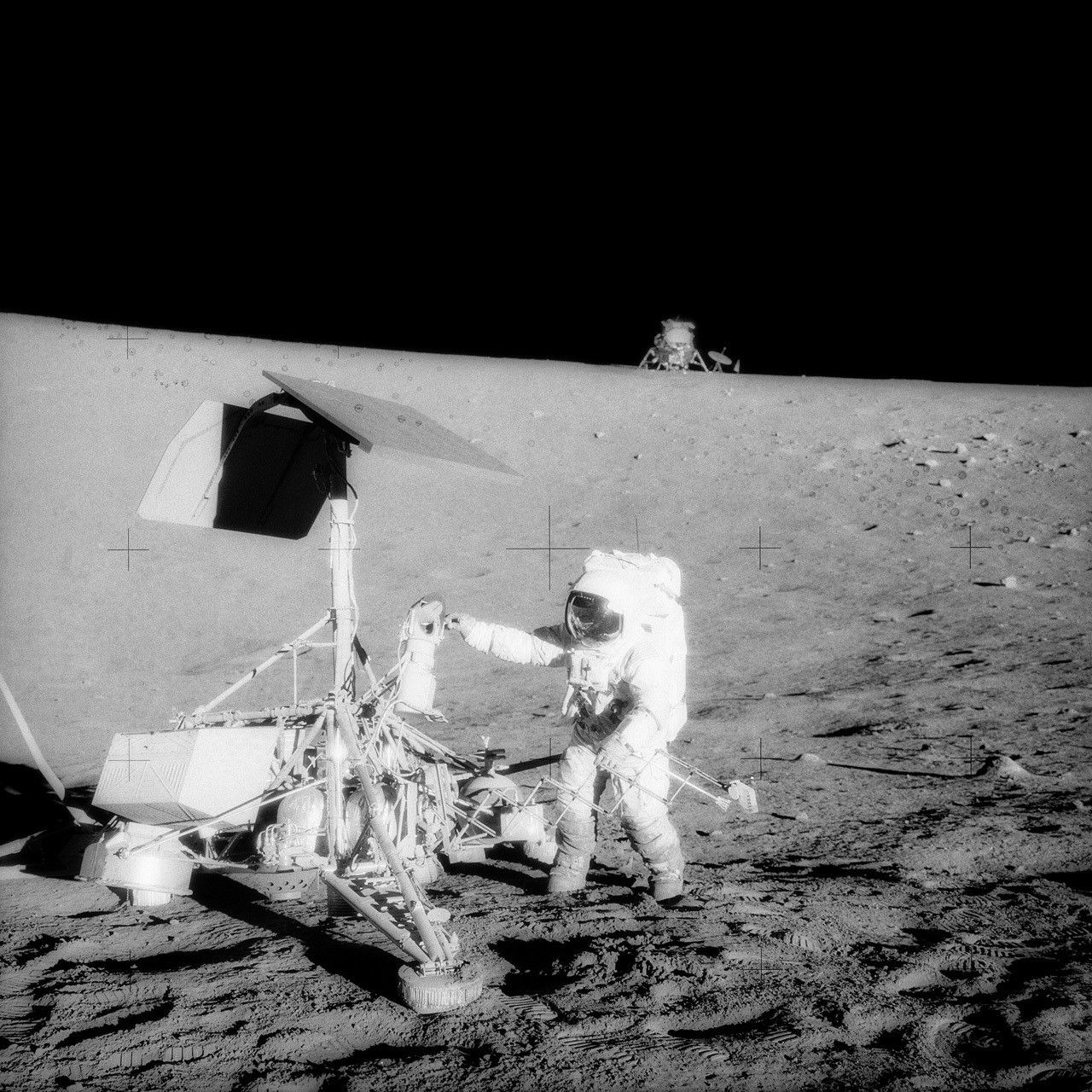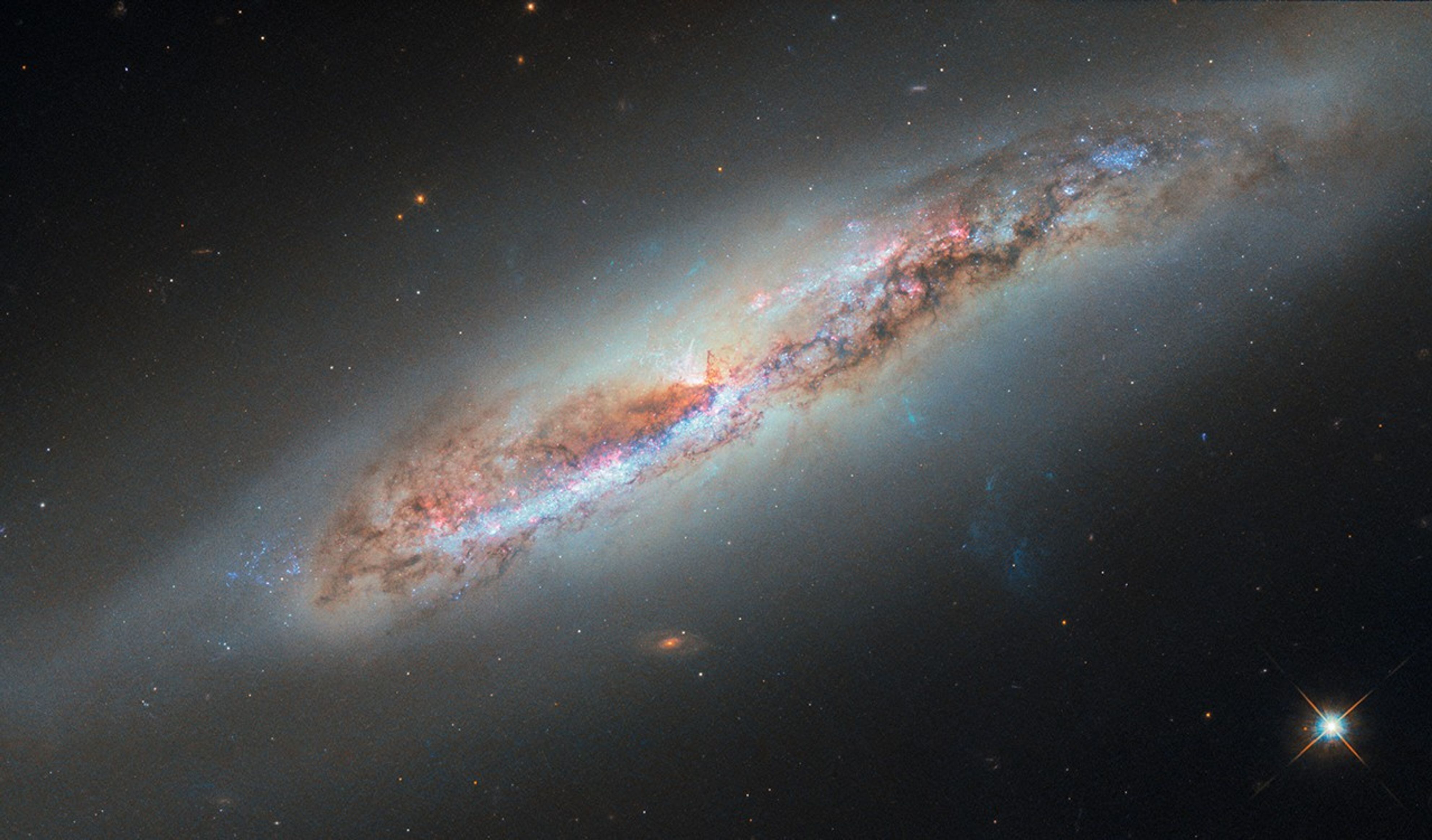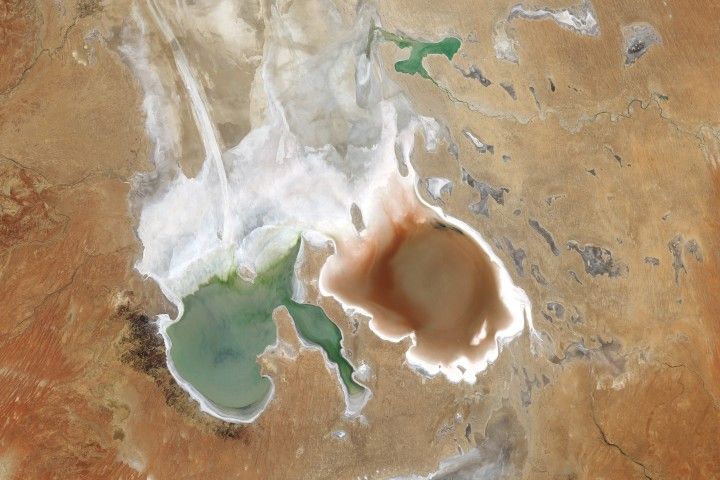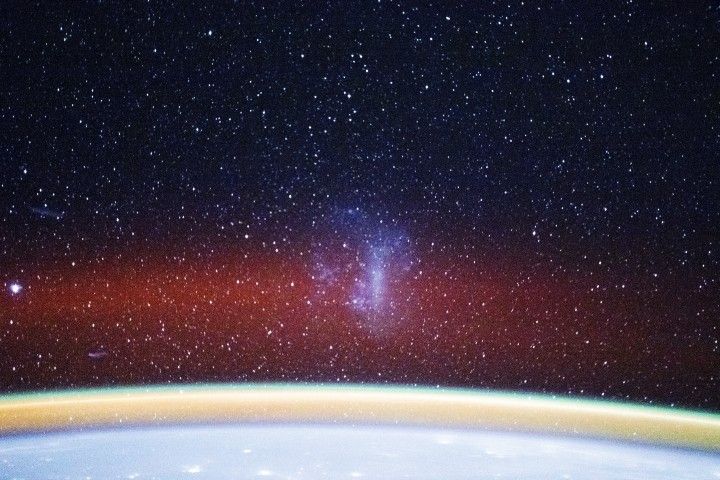Surveyor 3
Type
Launch
Target
Objective
What was Surveyor 3?
NASA's Surveyor 3 was the second in the Surveyor series to make a soft landing on the Moon. Based on the spacecraft's surface sampling tests, scientists concluded the lunar surface was solid enough to hold the weight of an Apollo lunar module.
| Nation | United States of America (USA) |
| Objective(s) | Lunar Soft-Landing |
| Spacecraft | Surveyor-C |
| Spacecraft Mass | 2,200 pounds (997.9 kilograms) |
| Mission Design and Management | NASA / JPL |
| Launch Vehicle | Atlas Centaur (AC-12 / Atlas D no. 292 / Centaur D) |
| Launch Date and Time | April 17, 1967 / 07:05:01 UT |
| Launch Site | Cape Canaveral, Fla. / Launch Complex 36B |
| Scientific Instruments | 1. TV Camera 2. Surface Sampler |
Key Dates
April 17, 1967: Launch
April 20, 1967: Landed on the Moon
May 4, 1967: Last contact with spacecraft
In Depth: Surveyor 3
Surveyor 3 was the third engineering flight of the series, but for the first time carried a surface-sampling instrument that could reach up to 5 feet (1.5 meters) from the lander and could dig up to 7 inches (18 centimeters) deep.
Unlike the previous Surveyors, Surveyor 3 began its mission from parking orbit around Earth with a burn from the Centaur upper stage, now capable of multiple firings.
During the descent to the lunar surface, highly reflective rocks confused the lander’s descent radar, and the main engine failed to cut off at the correct moment at about 14 feet (4.3 meters) in altitude. As a result, Surveyor 3 bounced off the lunar surface twice, the first time to a height of 33 feet (10 meters) and the second time, to 10 feet (3 meters). The third time, the lander settled down to a soft-landing at 00:04:17 UT April 20, 1967, in the southeastern region of Oceanus Procellarum at 3 degrees south latitude and 23.41 degrees west longitude.
Less than an hour after landing, the spacecraft began transmitting the first of 6,326 TV pictures of the surrounding areas.
The most exciting experiments of the mission included the deployment of the surface sampler for digging trenches, making bearing tests, and manipulating lunar material in the view of the TV system. Via commands from Earth, the probe dug four trenches and performed four bearing tests and thirteen impact tests.
Based on these experiments, scientists concluded that lunar soil had a consistency similar to wet sand, with a bearing strength of about 10 pounds per square inch (0.7 kilograms per square centimeter, or 98 kilopascals)— in other words, solid enough to support an Apollo Lunar Module.
The lander’s TV camera consisted of two 25 and 100 mm focal length lenses and was mounted under a mirror that could be moved horizontally and vertically. It took about 20 seconds to transmit a single 200-line picture of the surface. The camera was also capable of 600-line images which used digital picture transmission.
The last contact with the spacecraft was May 4, 1967, two days after the lunar night began.
More than three years later, on Nov. 18, 1969, Apollo 12 astronauts Charles Conrad, Jr. and Alan L. Bean landed the Intrepid Lunar Module approximately 197 yards (180 meters) from the inactive Surveyor 3 lander.
During their second extra-vehicular activity (EVA) on Nov. 19, 1969, the astronauts walked over to Surveyor 3 and recovered parts, including the soil scoop and camera system, to allow scientists to evaluate the effects of nearly two-and-a-half years of exposure on the Moon’s surface.
Key Source
Siddiqi, Asif A. Beyond Earth: A Chronicle of Deep Space Exploration, 1958-2016. NASA History Program Office, 2018.


































